ThomassRichards Categories Society
7 days
30 days
All time
Recent
Popular
This month, in honor of Black History Month, we wanted to highlight 17 Black chemists you might have missed in class:
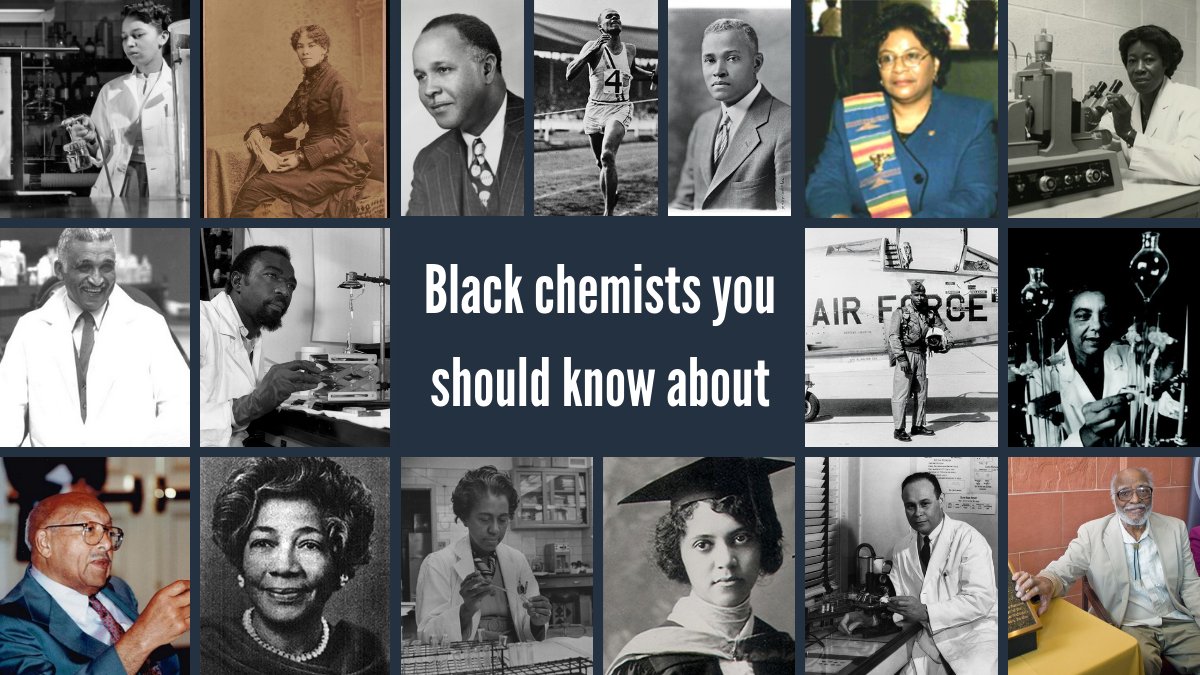
Winifred Burks-Houck was an environmental organic chemist and the first woman president of @NOBCChE. During her work at @Livermore_Lab she minimized threats to worker safety and limited the lab’s environmental impact. Learn more about her at https://t.co/XY47pzQbuU #BlackInSTEM

Charles Drew, better known as the father of the blood bank, found that blood could be preserved longer once the plasma and the red blood cells were separated. A well-timed finding, since WWII was breaking out in Europe. Read more about Drew at https://t.co/GuSZajs8OO #BlackInChem
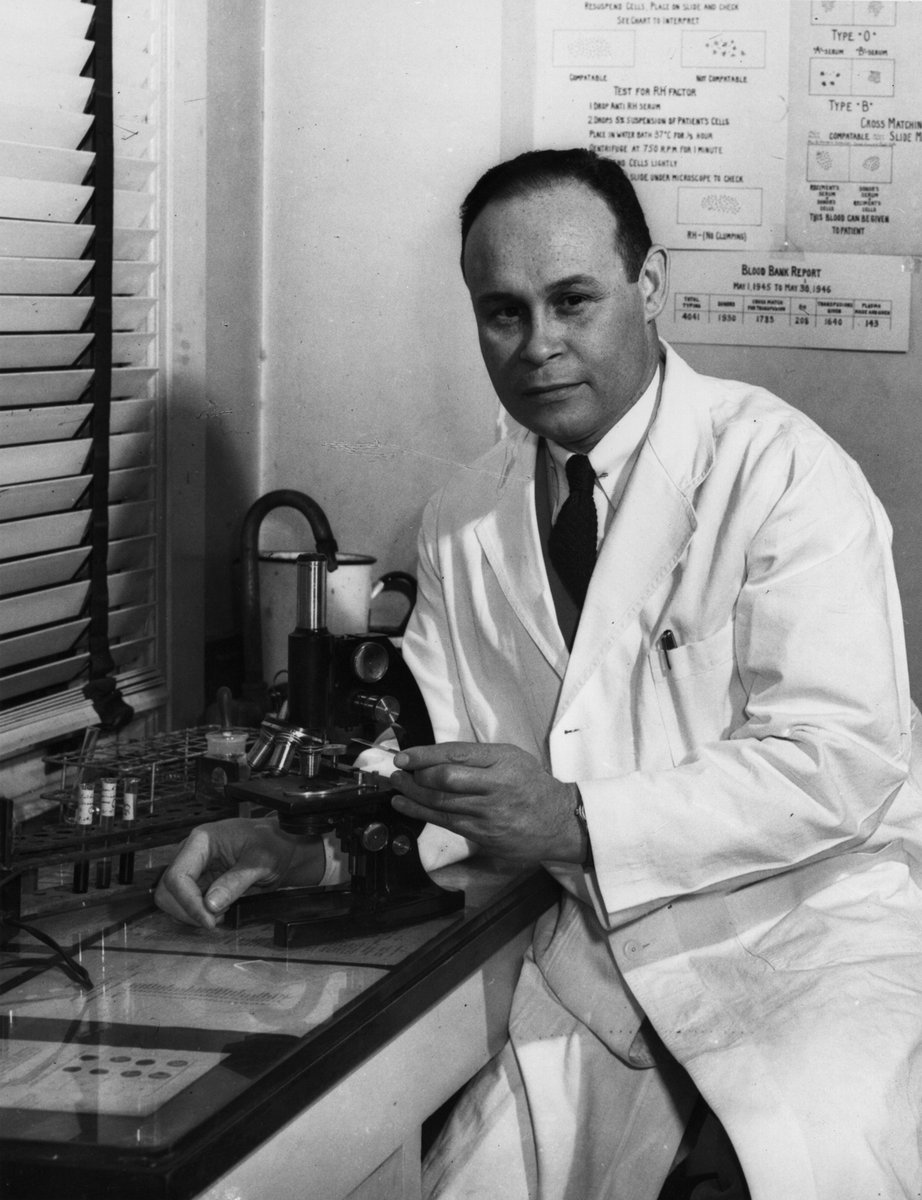
James Andrew Harris played a key role in the discovery of two elements. During his time @BerkeleyLab in the ’60s, Harris and his team discovered two elements: 104, rutherfordium, and 105, dubnium. Learn more about Harris at https://t.co/HKjp7jaPFN #BlackInChem #BlackInSTEM
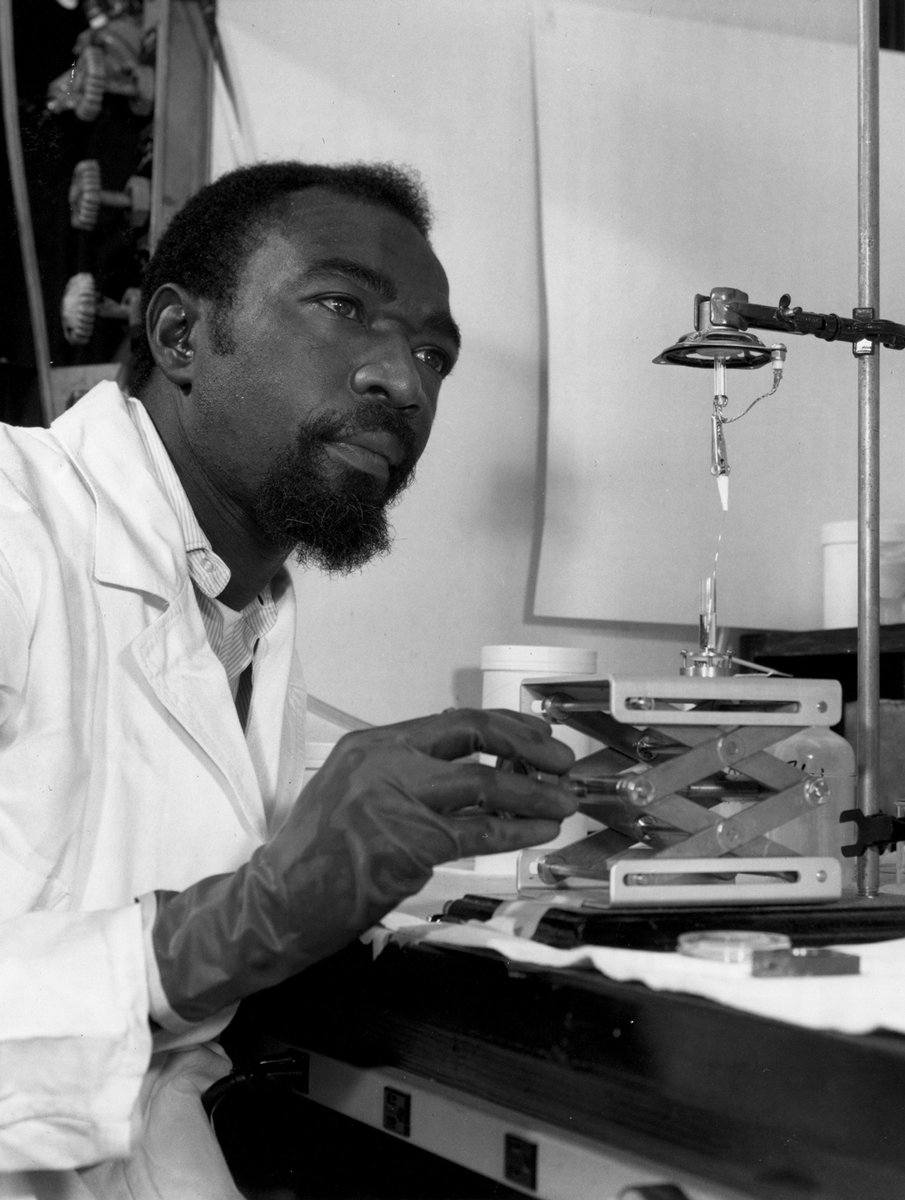
Angie Turner King was a prominent chemist educator in a period when few women—let alone Black women—were scientists. She built a successful career and mentored many accomplished scientists. Read more about King at https://t.co/pwmycraxYP #BlackInSTEM #WomenInSTEM #ChemEd
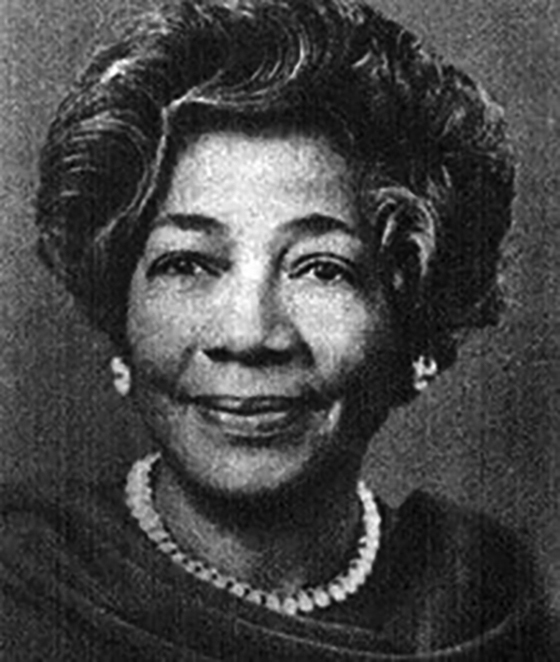

Winifred Burks-Houck was an environmental organic chemist and the first woman president of @NOBCChE. During her work at @Livermore_Lab she minimized threats to worker safety and limited the lab’s environmental impact. Learn more about her at https://t.co/XY47pzQbuU #BlackInSTEM

Charles Drew, better known as the father of the blood bank, found that blood could be preserved longer once the plasma and the red blood cells were separated. A well-timed finding, since WWII was breaking out in Europe. Read more about Drew at https://t.co/GuSZajs8OO #BlackInChem

James Andrew Harris played a key role in the discovery of two elements. During his time @BerkeleyLab in the ’60s, Harris and his team discovered two elements: 104, rutherfordium, and 105, dubnium. Learn more about Harris at https://t.co/HKjp7jaPFN #BlackInChem #BlackInSTEM

Angie Turner King was a prominent chemist educator in a period when few women—let alone Black women—were scientists. She built a successful career and mentored many accomplished scientists. Read more about King at https://t.co/pwmycraxYP #BlackInSTEM #WomenInSTEM #ChemEd

You have to be one locked in, arrogant Representative to be seen in a photo with Mike Bitar - and all the @FBI baggage he brings.
District 1: @SupervisorAlejo
District 2: @PhillipsForSupe
District 3: @SupervisorLopez
District 4: @WendyRootAskew
District 5: @MaryLAdams https://t.co/PbrHnXPTGY

District 1: @SupervisorAlejo
District 2: @PhillipsForSupe
District 3: @SupervisorLopez
District 4: @WendyRootAskew
District 5: @MaryLAdams https://t.co/PbrHnXPTGY

Thanks to the Grupo Flor team for showing me their Salinas facility this week. Glad to hear more about their cannabis retail operations. pic.twitter.com/3xSiObpUSS
— Rep. Jimmy Panetta (@RepJimmyPanetta) January 29, 2021
It was fun! I do it to learn more from graduate students' research projects and to push me to think systematically about theorizing. It is my "research gym", the only gym I'm decent at. I prepared a handout and slides (but I forgot to use them. Here some thoughts on theorizing. https://t.co/0tCBllllZh

“By theorizing I mean the process that comes before a theory is presented in its final form” Swedberg 2016, 7
“Although everyone is for "more theory," most of us have rather little understanding of how to get "more theory”.”
Dina A. Zinnes, 1980, 315

How do we shape, draft and calibrate our theory? It is assumed we learn about theorizing via emulation, comparison and practice. Theorizing is a process and we should not confound it with the outcome(a theory). There are pre-theoretical steps/tips that can facilitate the process.

Caveats: this is my way to help theorising. These suggestions are just a theorizing “banister”, nothing more. You will have to climb the stairs for your theory.

What we're aiming at: a theory is a tentative conjecture about the cause of some phenomenon of interest. Logical statement based on assumptions that explain a causal mechanism from which we can derive observable hypotheses and therefore expectations.


Just finished an extremely helpful and fun workshop on theorising organised by @aruggeri_eu (who never stops working for his students)! Was great catching up virtually w/ @natrupesinghe @EvgenijaKroeker @CeciliaCorsini Mikael & Ellen!
— Giuseppe Spatafora (@gspataf95) January 29, 2021
“By theorizing I mean the process that comes before a theory is presented in its final form” Swedberg 2016, 7
“Although everyone is for "more theory," most of us have rather little understanding of how to get "more theory”.”
Dina A. Zinnes, 1980, 315

How do we shape, draft and calibrate our theory? It is assumed we learn about theorizing via emulation, comparison and practice. Theorizing is a process and we should not confound it with the outcome(a theory). There are pre-theoretical steps/tips that can facilitate the process.

Caveats: this is my way to help theorising. These suggestions are just a theorizing “banister”, nothing more. You will have to climb the stairs for your theory.

What we're aiming at: a theory is a tentative conjecture about the cause of some phenomenon of interest. Logical statement based on assumptions that explain a causal mechanism from which we can derive observable hypotheses and therefore expectations.

The UK is starting talks to join the Comprehensive and Progressive Agreement for Trans-Pacific Partnership (#CPTPP)
One way of finding out what it is: look at the text.
Here goes.
It doesn’t have a Secretariat so the text is published by each govt. Google “CPTPP text”
1/13
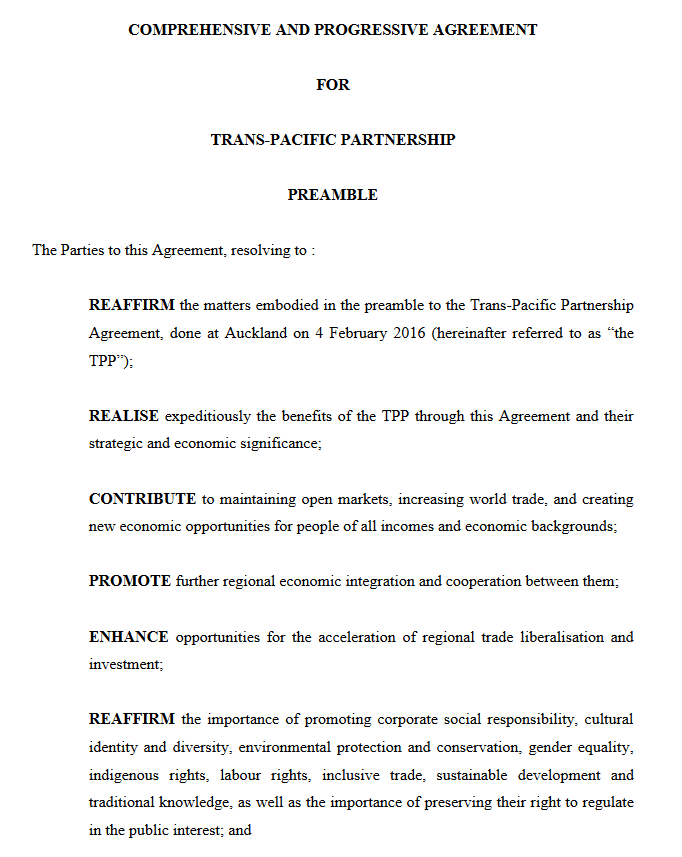
New Zealand is a good place to start. It has the text by chapter, 30 of them: https://t.co/UvtW9wgRky
(Canada has summaries by chapter: https://t.co/PswL4vt3WD)
#CPTPP
2/13
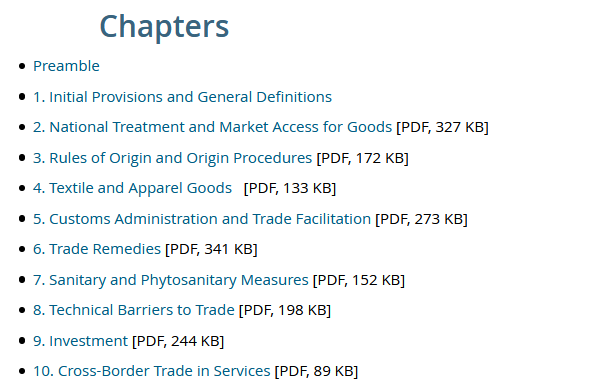
“Wow! 30 chapters. Better start reading”
“Hang on. There’s more.”
https://t.co/UvtW9wgRky
#CPTPP
3/13
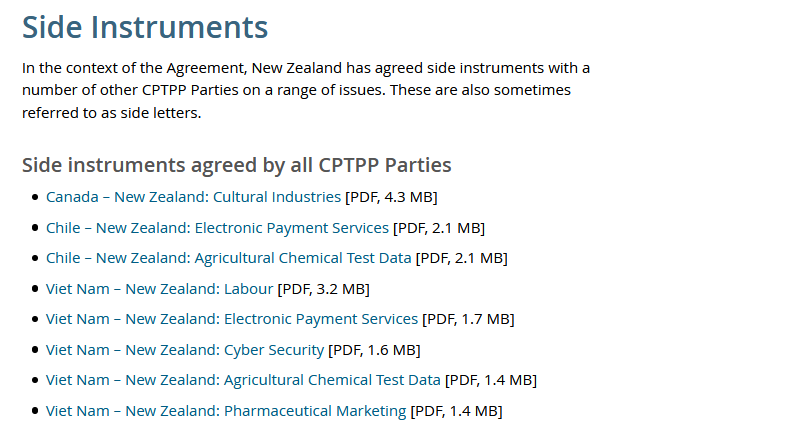
“Right. Is that it?”
“Those are only the side agreements involving New Zealand. Here are Australia’s”
https://t.co/1Rav6hI3zZ
#CPTPP
4/13
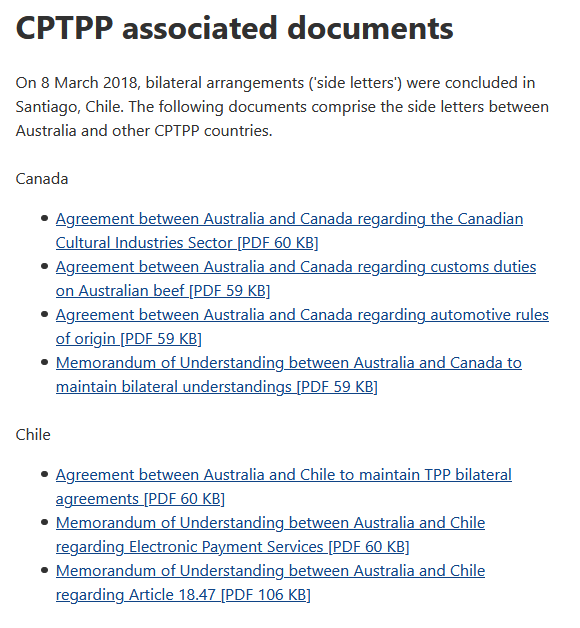
“Er, how many members does #CPTPP have?”
"Eleven.
“Don’t worry. We’re not going through all the side agreements.
“But these next bits are important. The Annexes. Annex 2-D contains the tariff commitments of each country.”
https://t.co/UvtW9wgRky
#CPTPP
5/13

One way of finding out what it is: look at the text.
Here goes.
It doesn’t have a Secretariat so the text is published by each govt. Google “CPTPP text”
1/13

New Zealand is a good place to start. It has the text by chapter, 30 of them: https://t.co/UvtW9wgRky
(Canada has summaries by chapter: https://t.co/PswL4vt3WD)
#CPTPP
2/13

“Wow! 30 chapters. Better start reading”
“Hang on. There’s more.”
https://t.co/UvtW9wgRky
#CPTPP
3/13

“Right. Is that it?”
“Those are only the side agreements involving New Zealand. Here are Australia’s”
https://t.co/1Rav6hI3zZ
#CPTPP
4/13

“Er, how many members does #CPTPP have?”
"Eleven.
“Don’t worry. We’re not going through all the side agreements.
“But these next bits are important. The Annexes. Annex 2-D contains the tariff commitments of each country.”
https://t.co/UvtW9wgRky
#CPTPP
5/13

in the time i've spent looking at white supremacist violence, i've mostly focused on men. i think we as a society have only just started the examination of white supremacist women and di think this thread/article is a great start.
and i know that scholars/academics HAVE looked at the role that white women play within white supremacy. on my to read list:
and women of color academics and organizers have produced the longest most detailed analysis of white women and their complicity.
what i'm talking abt is their explicit radicalization-or willingness to be more explicit abt support of white supremacy in a post911 world. that analysis has almost exclusively centered white men, occasionally men of color, almost never white women.
at least that i've seen. i'd be interested in any resources people may know about.
Even when they join insurrection, pummel through the doors that held back the mob from the upper echelons of the govt, white women are still remembered for the best versions of themselves.\xa0Women who joined ISIS were never afforded such audacious innocence https://t.co/lUATVA7oZn
— Mona Eltahawy (@monaeltahawy) January 16, 2021
and i know that scholars/academics HAVE looked at the role that white women play within white supremacy. on my to read list:
and women of color academics and organizers have produced the longest most detailed analysis of white women and their complicity.
what i'm talking abt is their explicit radicalization-or willingness to be more explicit abt support of white supremacy in a post911 world. that analysis has almost exclusively centered white men, occasionally men of color, almost never white women.
at least that i've seen. i'd be interested in any resources people may know about.




















